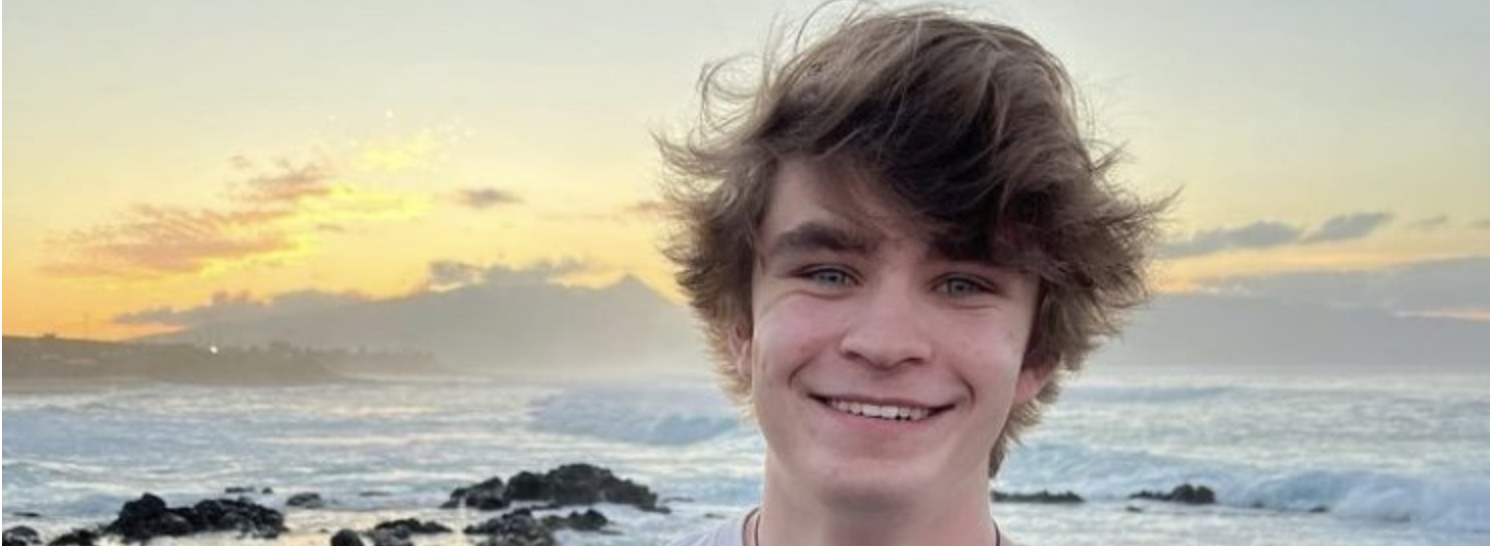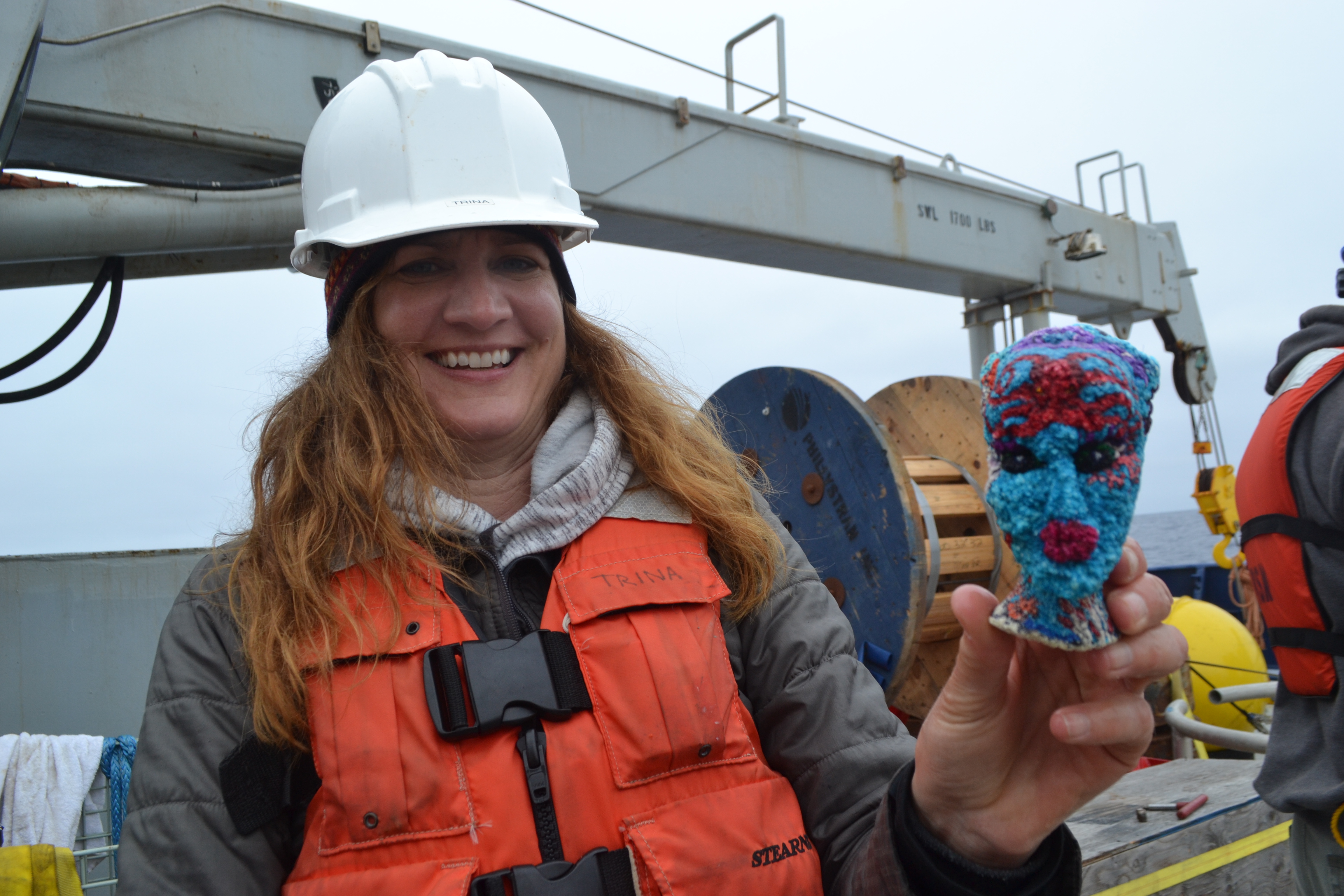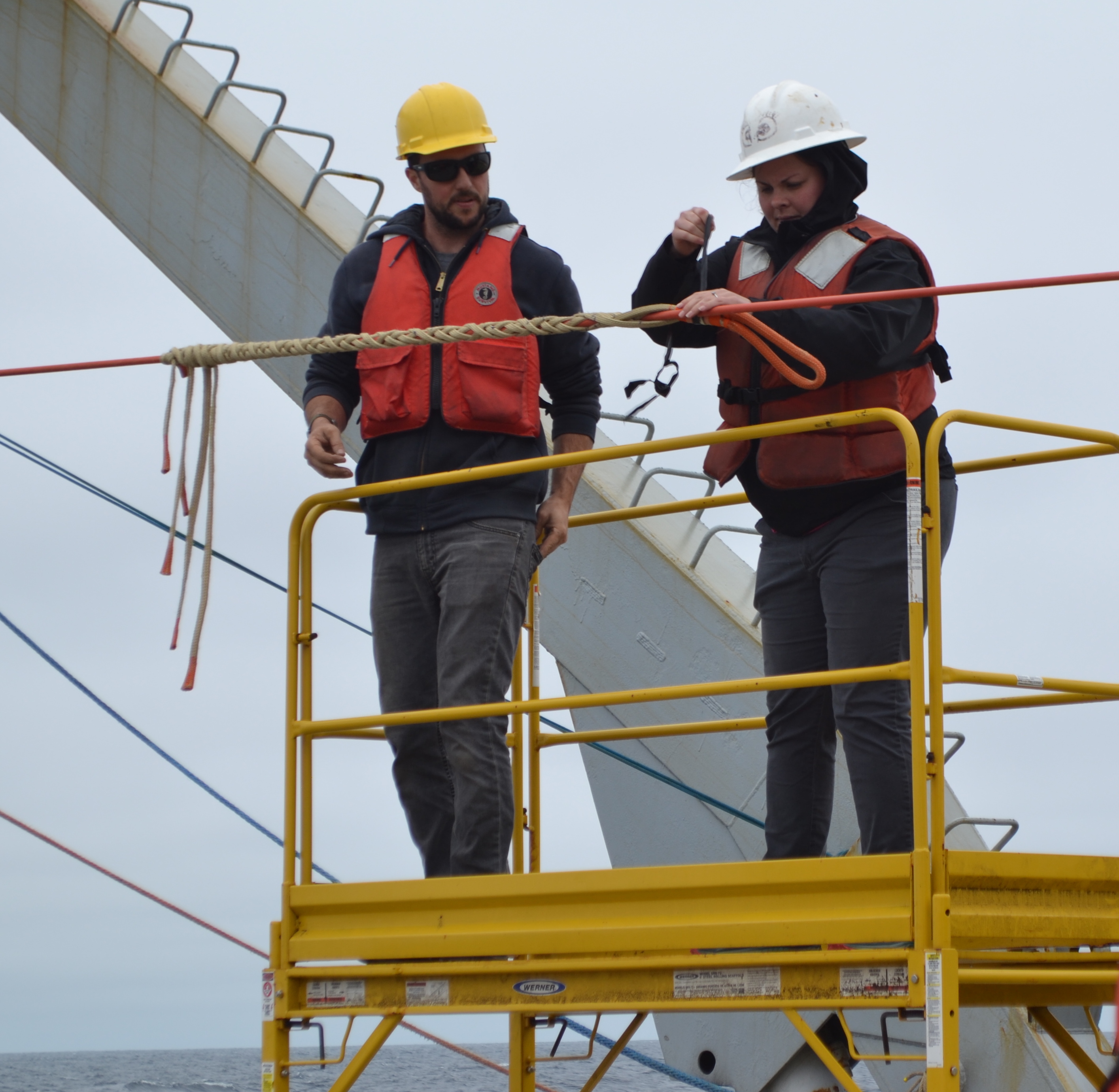Image Archive





























Roberts

Avery

Avery

Celia

Simmen

Atticus Crop

Nikola Crop

A diagram of the COVIS instrument indicating its major components.

The COVIS instrument is positioned on the seafloor to measure heat output from both chimneys (Mushroom) and diffuse hydrothermal fluids on the seafloor.

The Cabled Observatory Vent Imaging Sonar (COVIS) uses sonar to measure the heat from hydrothermal vents.

Palm Worms, Credit: R. Centurion, University of Washington, V18

Jason diving into the Deep Dark Ocean, Credit: University of Washington, V18

Jason poised with COVIS Temperature Arrays, Credit: J. Durant, University of Washington, V18

Deep Profiler Recovery, Credit: J. Durant, University of Washington, V18

University of Washington technician Katie Bigham with the R/V Revelle CTD. Credit: W. Ruef, University of Washington, V18.

Katie Gonzalez and Yash Meghare roasting marshmallows for smores! Credit: University of Washington, V18

Inferno Vent, 2018 Credit: University of Washington, V18

Evan Davis with a specimen obtained from Axial Caldera, Credit: University of Washington, V18

Ready to go! Jasmine Durant ready to help with Deep Profiler recovery. Credit: University of Washington, V18

APL engineer Trina Litchendorf with her shrunken styrofoam head, recovered after a year at sea on the undervater. Credit: M. Elend, University of Washington, V18.

The undervator as found on the sea floor. Credit: UW/NSF-OOI/WHOI, V18.

Katie Gonzalez working the manipulators for Jason, the ROV. Credit: University of Washington, V18

Photo of the recovered undervator, with ROV Jason, and Res Tech Josh Manger in the background. Credit: R. Centurion, University of Washington, V18

Rob Fatland hanging out with Jason on the deck of the R/V Roger Revelle. Credit: M. Elend, University of Washington, V18.

Flowmeter taking measurements on the Inferno chimney in ASHES; Credit: UW/NSF-OOI/Jason 2018.

University of Washington undergraduate Eve Hudson practices getting into her immersion suit. Credit: M. Elend, University of Washington, V18

Grays Harbor College recent graduate Jasmine Durant assists APL Engineer Nic Hart with yale grips while deploying the deep profiler at Axial Base. Credit: R. Centurion, Univesrity of Washington,V18

UW undergrad Katie Gonzalez fixes samples from the Tucker net tows. Credit: Y. Meghare, University of Washington, V18
- Anemone
- Animal
- Arthropod
- ASHES
- Axial
- Axial Base
- Axial Biology
- Axial Caldera
- Bacteria
- Basalt Lava
- BEP
- Biofouling
- biolgoy
- Biology
- Camds
- Camera
- Camhd
- Central Caldera
- Ciliates
- Cnidaria
- Coastal Biology
- Crab
- Deep Profiler Mooring
- Dive Highlights
- Eastern Caldera
- Echinoderms
- Endurance Array
- Engineering Team
- ENLIGHTEN 10
- Exploratorium
- Fish
- Geology
- HD Camera
- HPIES
- Hydrate Ridge
- Hydrates
- Hydrophone
- Hydrothermal Vents
- Illustration
- Inshore 80 Meters
- Instrument
- International District
- J-BOX
- Jason
- Jellyfish
- Junction Box
- K12
- Lava
- Mollusk
- Moorings
- Nodes
- Nudibranch
- Octopus
- OOI
- Oregon Offshore
- Oregon Offshore 600 m
- Oregon Shelf
- Oregon Slope Base
- People
- PN1B
- PN1D
- Polychaetes
- PPSDN
- Primary Node
- RASFL
- ROCLS
- ROPOS
- ROPOS Dives
- ROV Team
- RV Revelle
- RV Sikuliaq
- RV Thompson
- Salp
- Sample
- SC13
- Science Team
- Sea Cucumber
- Sea Star
- Sea Urchin
- Seafloor
- Seismometer
- Sensors
- Shallow Profiler Mooring
- Shark
- Shipboard
- Shore Station
- Slope Base
- Smoker
- Soft Coral
- Southern Hydrate Ridge
- Sponge
- Squid
- Students
- Students & Guest Participants
- Tmpsf
- Tubeworms
- VISIONS 11 Leg 1
- VISIONS 11 Leg 2
- VISIONS 11 Viewers
- VISIONS 13
- VISIONS 14
- VISIONS 15
- VISIONS 16
- VISIONS 17
- VISIONS 18
- VISIONS 20
- VISIONS 22
- VISIONS 23
- Visualization
